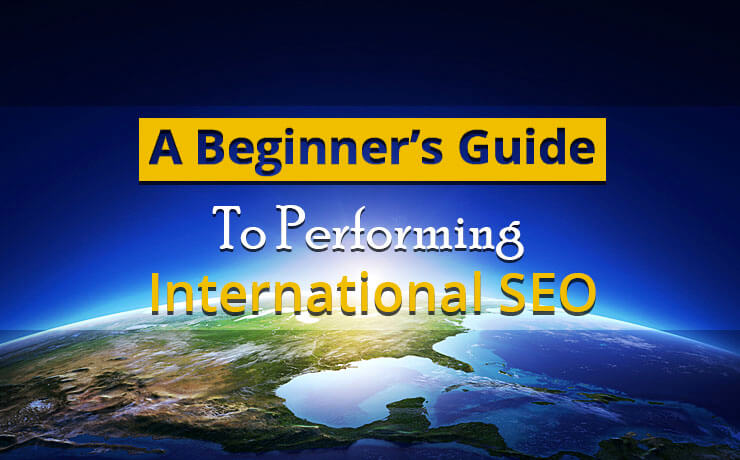A Beginner’s Guide To Performing International SEO

Chad Faith
Director of Content

International SEO provides a scalable way to reach out to an international audience and expand your business’ web presence. So, which elements need to be taken into consideration to ensure a successful international SEO process? Let’s begin by taking a look at the three fundamental phases when initiating an international SEO process.
Research Phase
For starters, you need to prioritize and set your target as well as determine the potential for each international market you are targeting. To begin your research, you can identify your current conversion rate, conversions, traffic, and international organic search visibility by finding answers for the following statements:
- Conversion trend and volume that comes from each international market
- Conversion rates and organic search clickthrough rates from your top international markets
- Best pages and keywords that attracted traffic and search visibility for top identified international markets
- The languages and countries that are providing organic search visibility and traffic
A good way to start finding answers is to analyze your current website with Google Analytics. Use Geo reports – the feature is found under the Audience section. When it comes to assessing the potential of each of the top international markets you are considering targeting, proper keyword research is needed. Here are some of the data you need to collect:
- The rankings of your chosen keywords in target markets
- The level of competition each keyword faces per country
- The organic search volume of the keywords
- Other relevant phrases and keywords that are being used as search queries by international audiences
Targeting Phase
You should always remember to target countries that have sufficient organic search volume of reasonably competitive and relevant keywords that would compensate your SEO efforts. If targeting a specific country doesn’t work, you can target the language instead. This technique allows you to get the desired conversion and traffic traction earlier at the start and later implement a more suitable country-targeted approach to maximize your website’s chances to connect with your target audience.
Due to having specific country extensions, country code top-level domains or ccTLDs (e.g. .com, .org, .net, .uk, etc.) are recommended for geolocating purposes. However, you will still need to grow their popularity as new and independent domains. If you have a generic top level domain and want to target an international market, you can do so via sub-domains to avoid adding an additional level of depth to your web structure.
Optimization Phase
This phase involves making your site relevant, indexable, and crawlable to provide the desired targeting signals, and avoid search results misalignment issues. With that in mind, whether you are language or country targeting, some of the best recommendations and practices to follow during general international SEO include:
- Avoid using cookies and scripts that do not allow search engines to correctly index your site’s content
- Enable cross-linking between your international web versions without overdoing it
- Localize or translate elements of the pages of each of your international versions (titles, meta descriptions, URLs, menu elements, headings, img alt descriptions, etc.)
Depending on your visitors’ IP, try to direct them to the most relevant international web version of your site (you can use a 302 redirect – learn how to use them wisely!). Never use interstitials or pop-ups as they are seen as intrusive and affect site crawlability in a negative way
 Free
Consultation
Free
Consultation Free
Google Ads Audit
Free
Google Ads Audit







